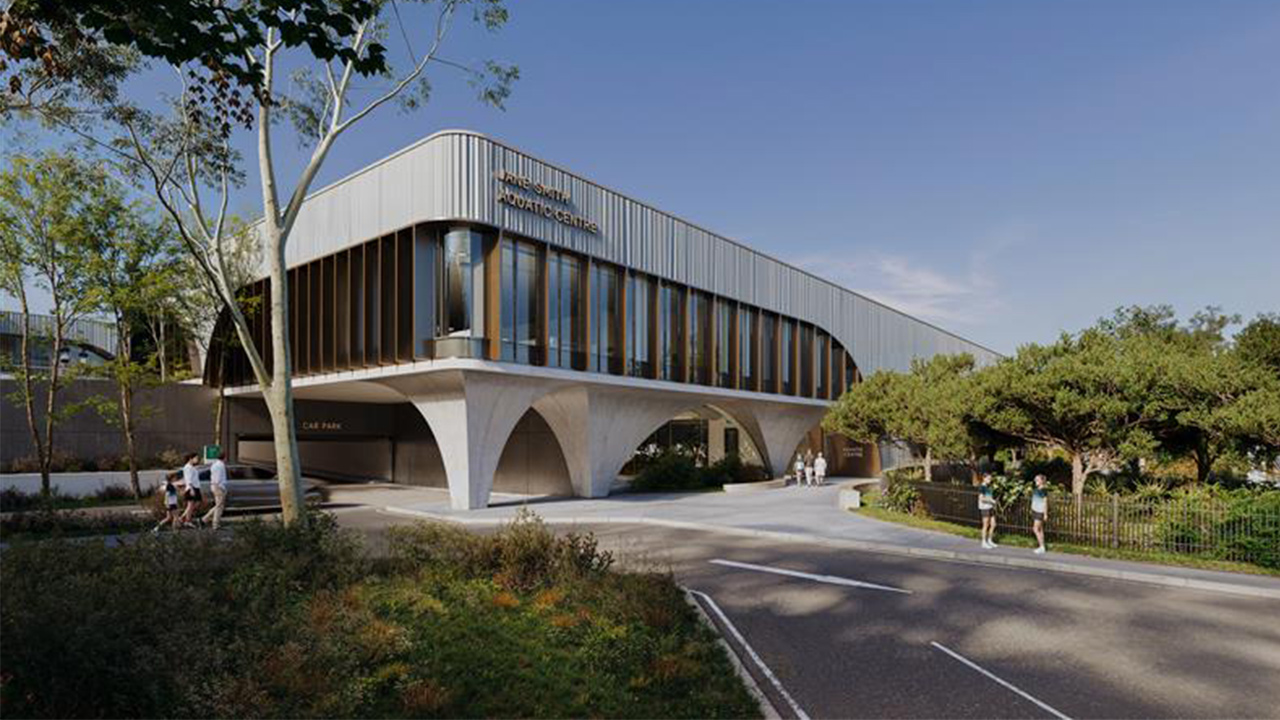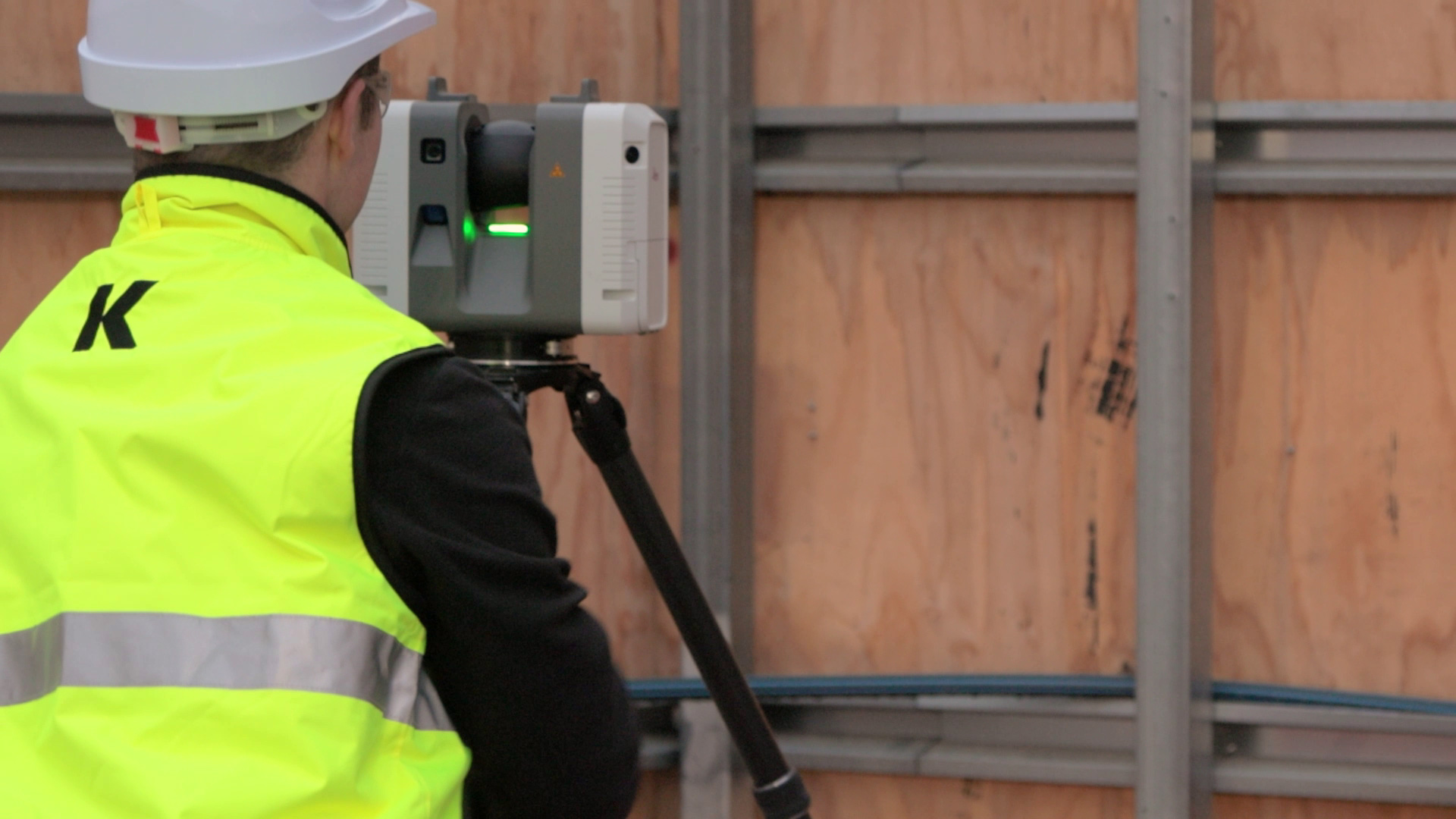
Share this story
Kapitol Group has delivered more than 1,000 units across multiple residential projects over the past five years. Currently, we are in construction phase for a Build-to-Rent tower for owner Aware Real Estate, developed in partnership with Barings, and together with Project Management by Essence Project Management.
We wanted to share some lessons learned based on the data we have gathered about the residential market and insights into achieving successful outcomes for all stakeholders utilising Early Contractor Involvement (ECI).
Key Success Criteria for Residential Projects
Ensuring success for all stakeholders in a residential project comes down to several key factors:
- Achieving an optimal unit size mix for intended purchasers/renters;
- Ensuring longevity through low maintenance and quality finishes;
- Achieving Environmentally Sustainable Design (ESD) outcomes, particularly where they translate into lower Opex costs and higher rental yields or rental interest; and
- Balancing all of the above with cost per box stacking up.
How to achieve cost certainty in an uncertain market
Today’s market, although not as tenuous as during 2020 -2022, continues to present various challenges that have the potential to impact cost certainty in residential development projects. These include:
- Increased cost of capital for developers;
- Incubation time for projects due to procedural factors increasing pre-construction costs such as:
- planning durations;
- Increased layman awareness around PWN’s; and
- RBS conservativeness around providing determinations on PWN’s;
- Prevalence of VCAT applications required to bring permits to fruition, adding unnecessary costs to feasibilities; and
- Holding costs stretched due to slower time to market.
Are the Numbers Stacking?
Over the past six months, several residential projects—particularly Build-to-Rent—have proceeded to the tender phase only to be pulled from the market post-tender due to numbers not stacking up. In other cases, contract value submissions at the end of tendering have exceeded budget. This often leaves the preferred Head Contractor reviewing the design to meet GMP through an extensive value management process. During this holding pattern, trades may be unable to hold their prices, and cost certainty suffers as a result.
This challenge has led to developers and Project Management firms to consider Early Contractor Involvement as a potential solution.
What is the Optimal Contracting Model?
Developers, together with their project manager, carefully consider the contracting model for each project early in the design development phase, weighing the pros and cons of each option.
Early Contractor Involvement (ECI) is an approach that fosters collaboration between developers, contractors, and project managers during the design phase, ensuring better project outcomes. The success of ECI often depends on how effectively it is initiated and managed.
Despite the benefits, some developers may hesitate to engage in ECI due to concerns about potential costs or the time investment required to collaborate closely with contractors early in the process.
Doing ECI Right
Kapitol Group delivered over $700m in projects in FY23/24, more than 60% of which were run on an ECI basis before engaging in a head contract.
“During ECI engagement, we take the client on a collaborative journey. We begin by understanding the project’s key success criteria, then work together to identify design efficiencies and provide guidance on buildability and logistics. This approach reduces program time and costs while preserving design intent and ensuring safe, high-quality outcomes.
“From the outset, we adopt an open-book method of negotiation providing full transparency into our costing process with the aim of achieving the ultimate commercial, safety, quality outcomes for our clients. As part of this process, we engage trades and never leave anything to chance. This is why our ECI approach is favoured by our top ASX listed clients.”
- Andrew Deveson, Director, Kapitol Group
Reasons for Adopting ECI
The reasons for adopting the ECI method of Head Contractor engagement include the following:
For Developers, ECI engagement of a head contractor helps de-risk feasibility by providing transparency over cost outcomes, with opportunities to maximise NLA, improve programme, reduce cost, reduce price volatility, and therefore reduce overall risk.
For Builders, the ECI process provides the time to properly confirm buildability of the design and improve safety in design, run value management exercises to improve quality outcomes, engage trades early and obtain true pricing to validate the client’s budget (and forge lasting relationships with trades and the client, and look for opportunities to reduce programme.
For Project Managers, ECI engagement helps give clarity to the options to improve design, reduce cost and programme for the client, and ultimately manage risk more effectively.
Case Study - Contrasting Results of ECI vs Traditional Lump Sum Tender
In 2024, Kapitol Group was engaged under an ECI contract for a Build-to-Rent project, High Street, Preston. Simultaneously, Kapitol Group was tendering as part of an open competitive tender for another similar sized BTR project for another developer. The outcomes of each tell the story.
High Street, Preston BTR - ECI Engagement
High Street, Preston, owned by Aware Real Estate, developed in partnership with Barings and project managed by Essence Project Management, involves the design and construction of 292 Build-to-Rent units across 16 levels, with ground-floor retail and amenities achieving a 7-star NatHERS rating.
Essence and Barings determined ECI to be the best contracting model, leveraging real-time cost feedback to enable budget tracking and concurrent value engineering. This approach was expected to yield a more resolved design, providing sub-contractors with confidence in both cost certainty and project viability, which in turn would generate market interest.
Essence structured the ECI tender to promote competitiveness by focusing on Preliminaries, Margin, and Programme components upfront, leaving only the trades to be tendered. This process assured the principal that all aspects of the project were addressed competitively.
“Working in an ECI with the Kapitol team enabled us to identify, assess and price VE throughout the design process so that we didn’t get to an 80% Tender design and then have the need to undertake VE, avoiding redesign and design inefficiencies. This meant that once the design development documents reached 80% (Tender set) the design was far more resolved when it went out to the sub-contractor market. Theoretically that results in sharper and more accurate pricing of the real scope as well as provides confidence to the sub-contractor pool that the project is likely to proceed and not stagnate due to pricing and subsequent VE processes.”
- Lindsey Wright, Director, Essence Project Management
Kapitol’s ECI engagement for High Street was nine months in duration, during which the following was achieved:
- Coordinated extensive value management process balancing the maintenance of design intent, compliance with TP requirements, and product warranty periods, which involved discussions with trades, workshops with contractors, utilising inhouse construction solutions and knowledge of suitable product alternatives that meet the design application.
- Rationalised façade design which was largely comprised of precast panels with an architectural brick finish – through trade feedback and internal constructability reviews, bricksnap applied to precast panels was the most suitable VM option.
- Rationalised the primary core originally reduced two to one insitu wing-wall element and converted to precast, which allowed the most efficient design of the jumpform system whilst meeting engineering performance requirements.
- Other façade rationalisations included changes to window type, canopy elements, and vertical profiled precast elements resulting in cost and time savings.
- Offered alternative options for stone and tiling, kitchen appliances, carpet spec, sanitary accessories, shower screens to reduce cost.
- Modified joinery design to ensure island bench links with adjacent joinery units for seamless pathway for all services
- Collaborated with suppliers to ensure the most robust waterproofing details were incorporated into the design.
- Liaised with project authorities and coordinated with adjoining owners for discharge of Protection Works notices and endorsement of Construction Management Plan.
This collaborative and transparent ECI process led to savings in cost and programme in the order of six months in escalation of preliminary costs; and improvement in visibility over the quality of the build and ability to make informed decisions. All stakeholders gained confidence that the project’s numbers stacked up, and it has now progressed to construction under a D&C contract.
In contrast, a similarly sized Build-to-Rent project that went directly to competitive tender was pulled from the market after contractor quotations significantly exceeded the client’s budget. Without cost certainty established early in the project, it failed to gain traction and has been shelved.
Conclusion
ECI engagement—when done right—has become the preferred contracting method for residential projects, especially when achieving cost certainty is a priority. An open book transparent, collaborative ECI process allows time to thoroughly evaluate the design for buildability, determine the optimal construction methodologies and materials to achieve desired quality outcomes, meet all relevant standards, and identify and manage potential risks. By addressing these factors upfront, we ensure that when it’s time to hit the 'go' button, there is nothing stopping the project from proceeding.
For more information about Kapitol Group’s ECI experience and how to work with Kapitol on your upcoming projects, please contact: Lisa James, Business Development Manager.
If you need a Project Management firm with experience in the ECI model for successful residential developments, please contact: Lindsey Wright, Director, Essence Project Management.
Latest News

Reducing Construction Risk with VDC
Discover how VDC transforms construction—reducing risk, cutting rework, and saving time. Insights from Kapitol, Neoscape & Architectus

Introducing Kapitol’s Five-Part Series About Productivity in Construction
At Kapitol, productivity is a key issue that informs our work, culture, and commitment to innovation.

Laser Scanning - Building with Precision
Harnessing the power of cutting-edge laser-scanning technology, a game-changer for efficiency and accuracy in the construction industry.
